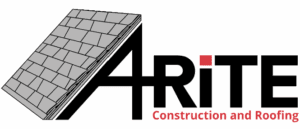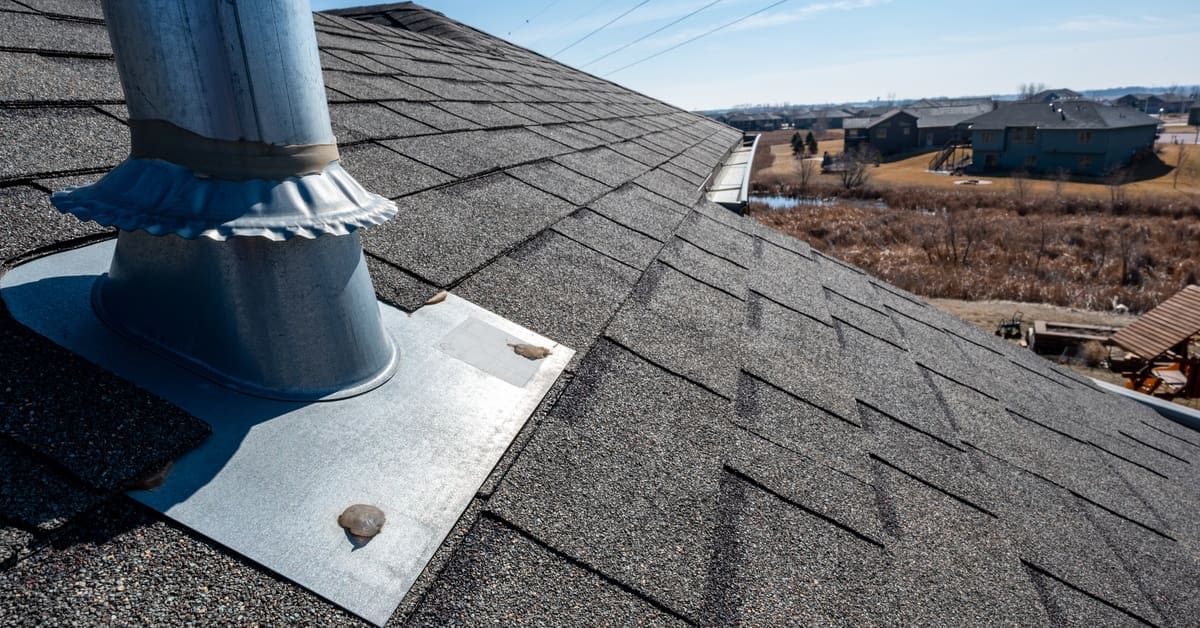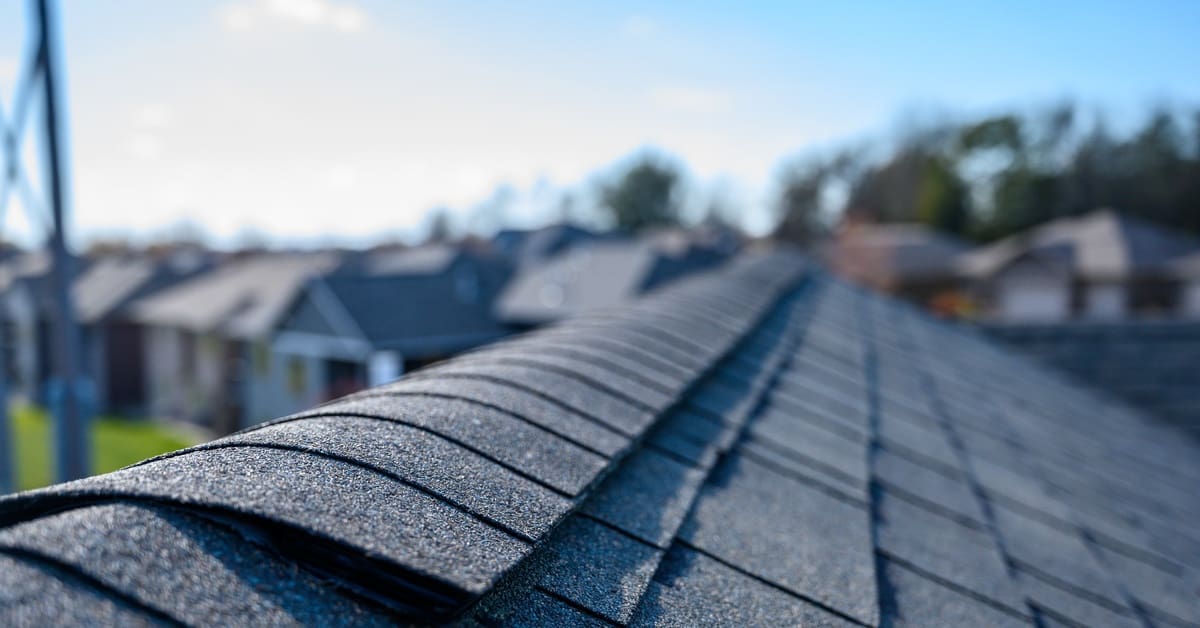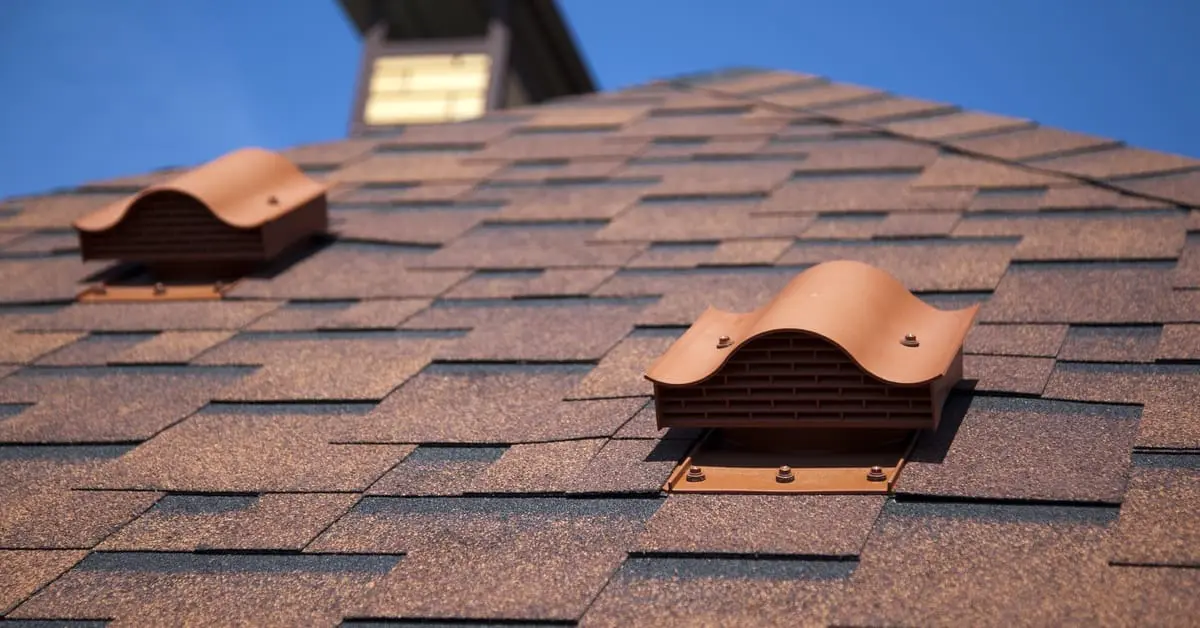If you’ve ever wondered, “What is roof flashing and how does it impact roof integrity?” you’re not alone. It might sound like a niche roofing term, but roof flashing plays a starring role in protecting a home from the elements. Without it, water can sneak in, causing damage that often goes unnoticed until it’s too late.
We’ll guide you through the essentials of roof flashing and explain why they’re small features with a big impact on your roof’s reliability.
What Is Roof Flashing?
Roof flashing is a material, usually metal, that’s strategically placed on a roof to direct water away from vulnerable areas. Think of it as a roof’s waterproof barrier at spots where water tends to collect or penetrate, like around chimneys, vents, valleys, skylights, and edges.
However, flashing isn’t a one-size-fits-all solution. Different areas of a roof are susceptible to unique challenges that can compromise its integrity. Flashing comes in various shapes and types, each tailored to protect against damage in a particular area.
Chimney Flashing
At the highest point of many roofs, chimney flashing creates a crucial barrier where the chimney meets the roofing surface, a spot notoriously vulnerable to leaks. This protective system isn’t a single piece but a layered approach that often includes base flashing, counter flashing, and sometimes step flashing. All of these parts work together to direct water away from this vertical structure.
Most chimney flashing is made from durable materials like aluminum, galvanized steel, or copper, chosen for their resistance to rust and weathering. Because chimneys are constantly exposed to rain, snow, and thermal expansion, poorly installed or aging flashing allows water to infiltrate the roof deck or interior walls. A small compromise here can quickly lead to rot and mold.
Skylight Flashing
Skylights bring natural light and visual interest to any home, but they’re also a common source of leaks if not properly protected by flashing. Skylight flashing is designed to seal the vulnerable joints where the skylight meets the roof, directing water around the frame and safely down the slope.
Many modern skylights include a custom flashing kit, often made of aluminum or galvanized steel. Kits are tailored to the roof’s pitch and the skylight’s dimensions. Improper installation could lead to water intrusion, mold growth, or damage to insulation.
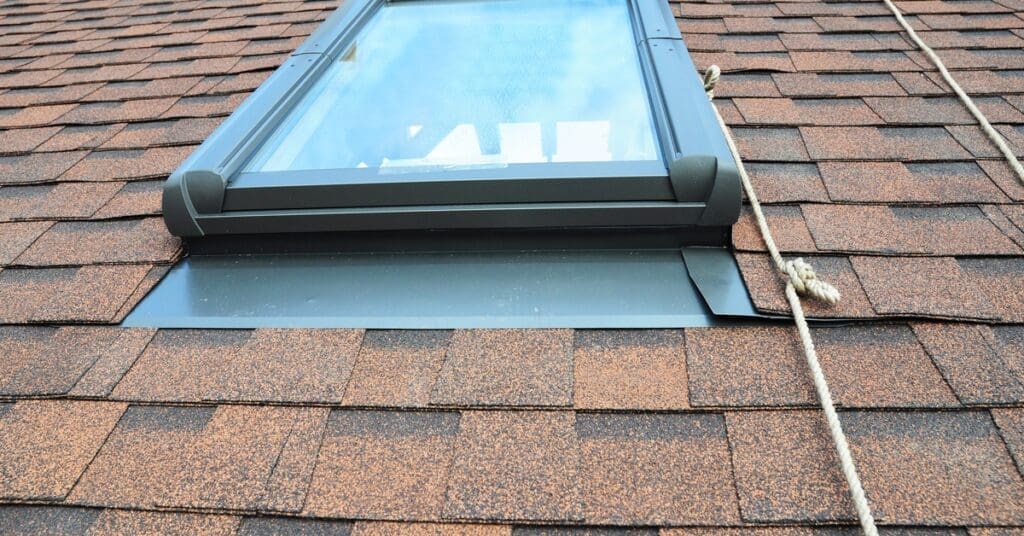
Pipe Flashing
Pipe flashing, also known as vent flashing, is intended to seal around roof penetrations, such as plumbing vents and exhaust pipes. These areas are prone to leaks since they break the continuity of the roofing surface.
Nearly all pipe flashings are made of flexible rubber or silicone and fit snugly around the pipe base. Proper installation is key, as poorly sealed vent flashing allows water to trickle underneath shingles, compromising roof integrity.
Step Flashing
Step flashing is the most common type of flashing homeowners will see, applied where a roof meets an upright structure, such as a wall or chimney. Small, individual pieces of aluminum, galvanized steel, or copper overlap each other like shingles, directing water away from the joint and down the roof. This overlapping design creates a water-resistant barrier that prevents leaks and shields vulnerable roof sections from water intrusion, which can cause wood rot and mold growth.
Because step flashing must be installed correctly to function properly, it’s a key area where hiring an Owens Corning Platinum Preferred contractor can make a significant difference. Proper installation ensures that each piece is securely installed and sealed, preventing water from seeping behind the flashing and damaging the roof structure.
Continuous Flashing
Continuous flashing is a long, unbroken strip of metal used in areas where two roof planes meet or along chimneys and skylights. Unlike step flashing, which is installed in sections, continuous flashing offers a seamless shield that channels water away from critical joints.
Proper installation is crucial for continuous flashing to function effectively. When done right, it significantly reduces the risk of leaks and water damage, making it a valuable component for maintaining roof health.
Valley Flashing
Where two roof slopes intersect, water naturally funnels into a valley, making it a hotspot for leaks if not properly protected. Valley flashing is a long, continuous piece of metal installed along these junctions to safely channel water off the roof.
Also made from durable metals like aluminum or galvanized steel, valley flashing must withstand heavy water flow during storms and snowmelt. If damaged or improperly installed, valley flashing can permit water to seep into the roof decking and underlying structure.
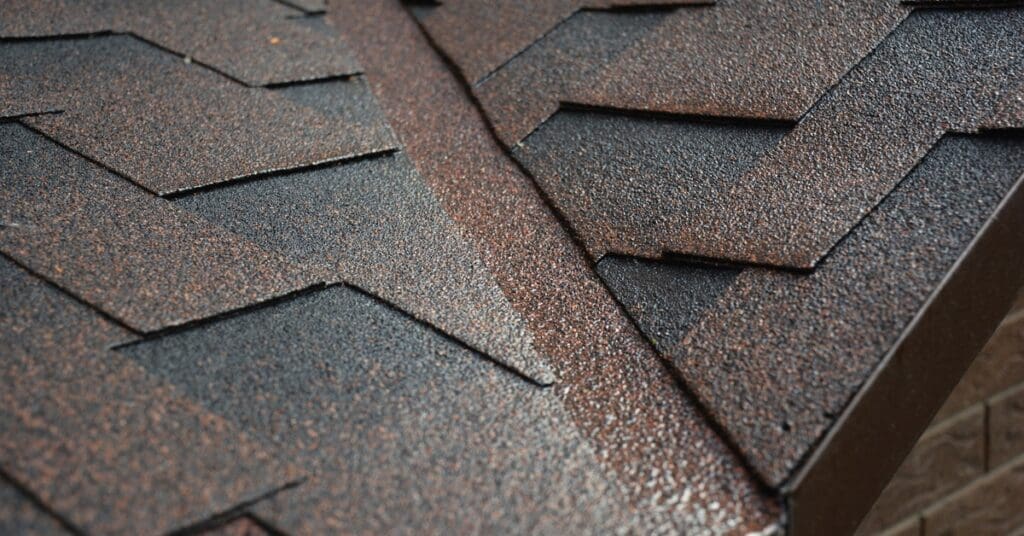
Drip Edge Flashing
Drip edge flashing runs along the edges of the roof, extending just beyond the eaves and rakes. Its main job is to direct rainwater away from the fascia and underlying roof components, preventing water damage and wood rot.
Typically, this type of flashing is made from metal and installed before the shingles go down. Additionally, drip edge flashing helps protect the roof deck by directing water into the gutters. Without this type of flashing, water will seep into vulnerable areas, undermining the roof’s integrity over time.
Counter Flashing
Often overlooked but vital, counter flashing is the protective layer homeowners see embedded in a chimney’s mortar joints or wall cladding. Corrosion-resistant metals, such as copper or aluminum, cover and shield the top edge of the base flashing. This double-layer system keeps water from entering at the point where vertical walls meet the roof deck.
Unlike base flashing, which is typically secured under shingles, counter flashing is set into masonry or siding. If counter flashing is missing or deteriorates, water can slip behind base flashing, damaging the roof sheathing and insulation below.
Base Flashing
Base flashing is a foundational layer used where vertical surfaces meet the roof, such as chimneys, walls, or dormers. Unlike continuous flashing, base flashing is installed at the lower edge of the vertical structure and works in conjunction with counter flashing to create a two-part seal. Layering these two flashing types together accounts for expansion and movement, which are crucial in areas prone to shifting due to temperature changes or settlement.
Usually made from aluminum or galvanized steel, base flashing directs water down the roof’s slope and away from seams and penetrations. Without it, water pools or seeps into the underlayment and decking beneath.
Its job may seem subtle, but when compromised, base flashing allows undetected leaks to slowly weaken a roof from the inside out, making it a key component of any well-flashed surface.
One Last Consideration
Learning what roofing flashing is and how it impacts roof integrity is more than just a crash course in construction; it provides peace of mind. While flashing is often tucked away beneath shingles or snug against chimneys, its role is anything but minor.
One overlooked seam or improperly installed strip can become a costly repair down the line. And because every home is unique, flashing needs vary not solely by roof design but by local climate and the direction a home faces.
If you’re unsure whether your home’s flashing is doing its job, it may be time to bring in the professionals. For homeowners in Wausau, Wisconsin, A-Rite Construction has the experience, certifications, and eye for detail that roof integrity demands.
When it comes to protecting your home, don’t leave flashing to chance—let us make sure every seam holds strong.

